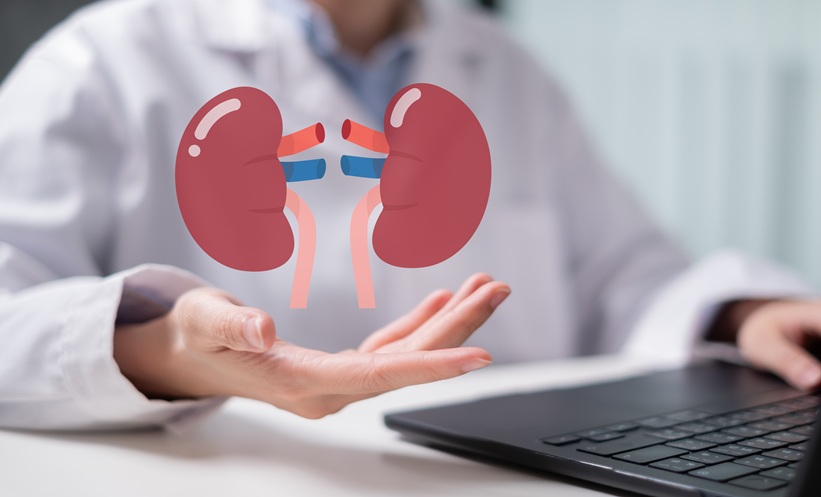KIDNEY stones occur when a build-up of salts and minerals form crystals that enlarge into a hard mass, causing considerable pain and blockages in the urinary system. A patient must often wait for up to a week or more for the diagnosing test results; however, biomedical engineers at the Pennsylvania State University, University Park, Pennsylvania, USA and Stanford University, Stanford, California, USA have developed a new test that can rapidly achieve test results within just 30 minutes.
Typically, testing for kidney stones involves the patient collecting their urine samples over a 24-hour period before sending for laboratory analysis, which usually takes 7–10 days. Prof Pak Kin Wong, Pennsylvania State University and the principal investigator the study, explained why a new test was needed: “The lengthy process, cumbersome collection procedure, and delay in obtaining the results render 24-hour urine testing to be underutilised in clinical practice despite guideline recommendations.”
Inspired by nature, the team created a biomimetic detection system called slippery liquid-infused porous surface (SLIPS)-LAB, mimicking the carnivorous nepenthes pitcher plant whose unique leaves have evolved a slippery liquid-infused micro-textured rim that cause insects to fall in. SLIPS-LAB allows reagent and urine droplets to slide easily over the device’s fluid addition channel without becoming stuck, enabling the reaction to occur at the necessary rate.
The technology does not require a technician to run any test machinery, unlike the traditional test, and the results can be read using a scanner on a mobile phone and subsequently analysed by a computer algorithm. Therefore, it is possible to conduct the test in patients’ homes. Prof Wong highlights that “the low cost, rapidity, and simplicity of SLIPS-LAB would reduce the barrier for the clinician and patient to undergo stone risk metabolite analysis,” decreasing the time taken to reach a diagnosis and improving patient management.







